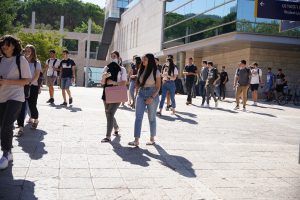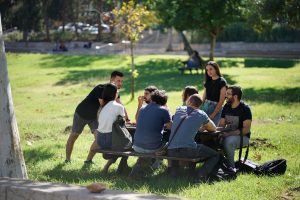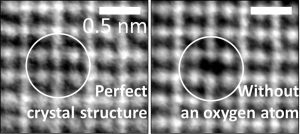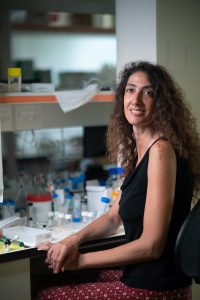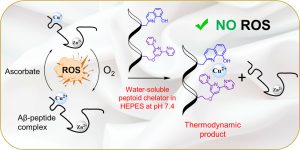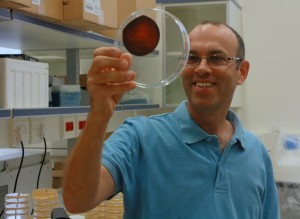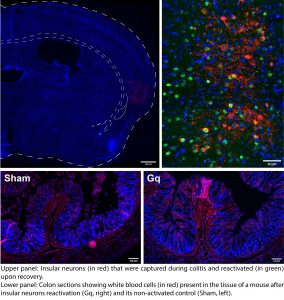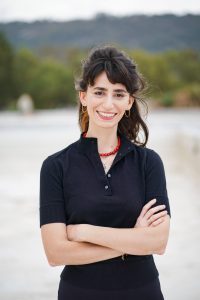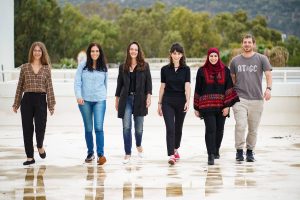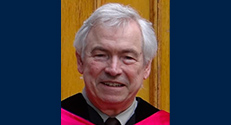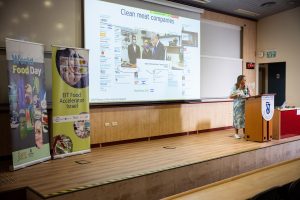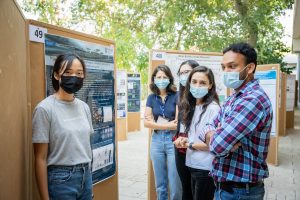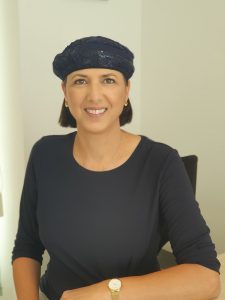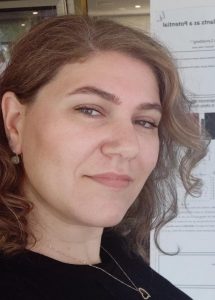Recruitment of new faculty, specialization in entrepreneurship, face-to-face studies on campus, preparatory course in mathematics and a variety of new tracks: The Technion prepares for the 2021/22 academic year.
The 2021/22 academic year opened at the Technion on Sunday, October 24. This year, 2,000 new students joined the Technion campus, bringing the student population to about 15,000 students in 17 faculties. 11,595 will study towards a bachelor’s degree, while the rest will be studying toward graduate degrees. 218 of the master’s students are studying at the Joan and Irwin Jacobs Technion-Cornell Institute in New York.
“It is wonderful to open the year and see the campus fill up again,” Technion President Professor Uri Sivan said in a greeting to the students. “In recent months, we have begun to prepare for the centennial celebrations of the Technion. The beginning in 1924 was modest – 16 young men and one young woman – in a single building in the Hadar neighborhood, and today, we have a large and developed campus, a bustling intellectual center.”
“We meet today after three difficult semesters, in which social distancing was imposed on all of us due to the coronavirus pandemic,” Senior Vice-President of the Technion, Professor Oded Rabinovitch said to the students at the opening ceremony. “We view social and interpersonal aspects as important, and they’re based upon meeting you on campus. We recognize the importance of human interaction in education, exchange of views, creativity, imagination, intellectual independence, attention to details, and more. Aim high, try to find the directions in which you will excel. Good luck, everyone.”
The share of women among undergraduate students now stands at 42% (among first-year students, the percentage of women is 44%), thanks to the strategy led by the Technion to increase the percentage of women in higher education. Over the past decade, this strategy has led to a significant increase in the number of female students choosing academic studies in the fields of science and engineering at the Technion.
This year, the most sought-after faculties among new students were the Andrew and Erna Viterbi Faculty of Electrical and Computer Engineering, the Henry and Marilyn Taub Faculty of Computer Science, and the Faculty of Medicine.
Also noteworthy: the Technion now offers new students a three-week preparation course leading up to the opening of the academic year, free of charge, focusing on mathematics and other skills; an interdisciplinary bachelor’s degree program; entrepreneurship studies; and, for the first time this year, a unique track toward a combined degree in physics and aerospace engineering.



